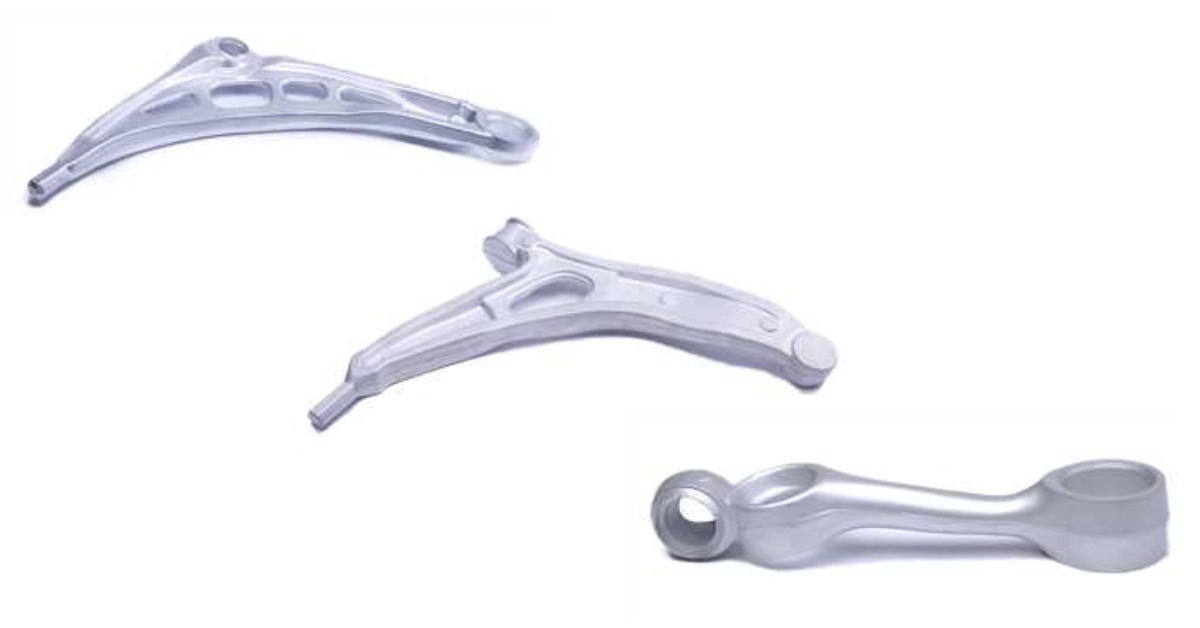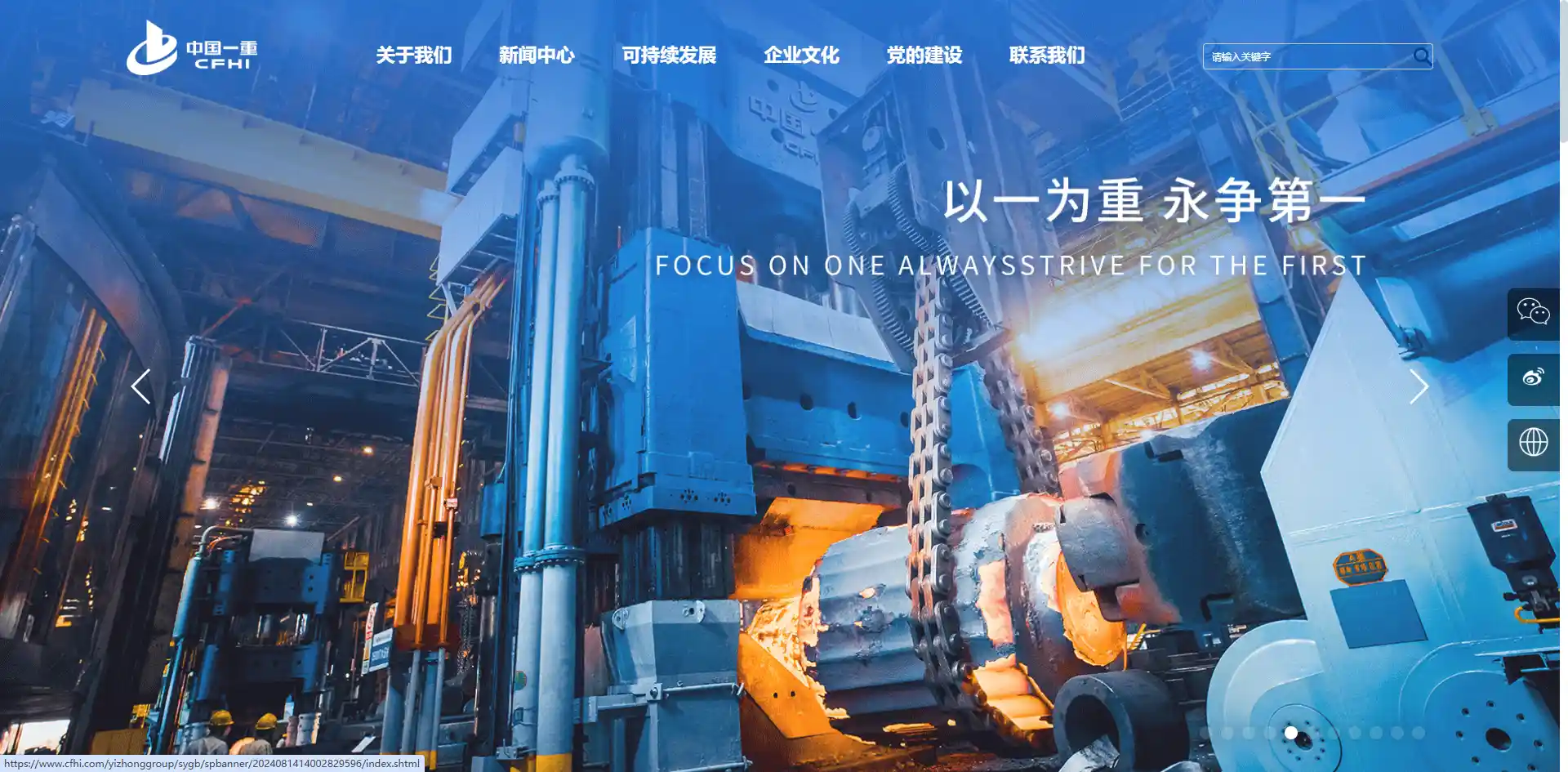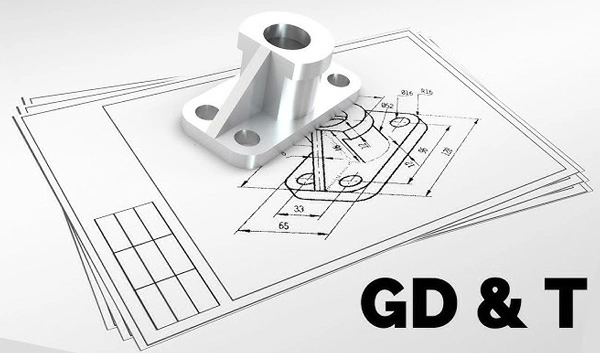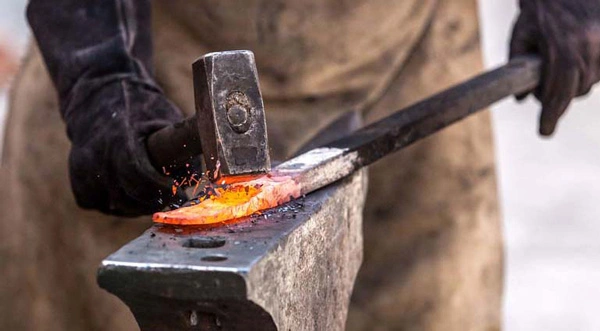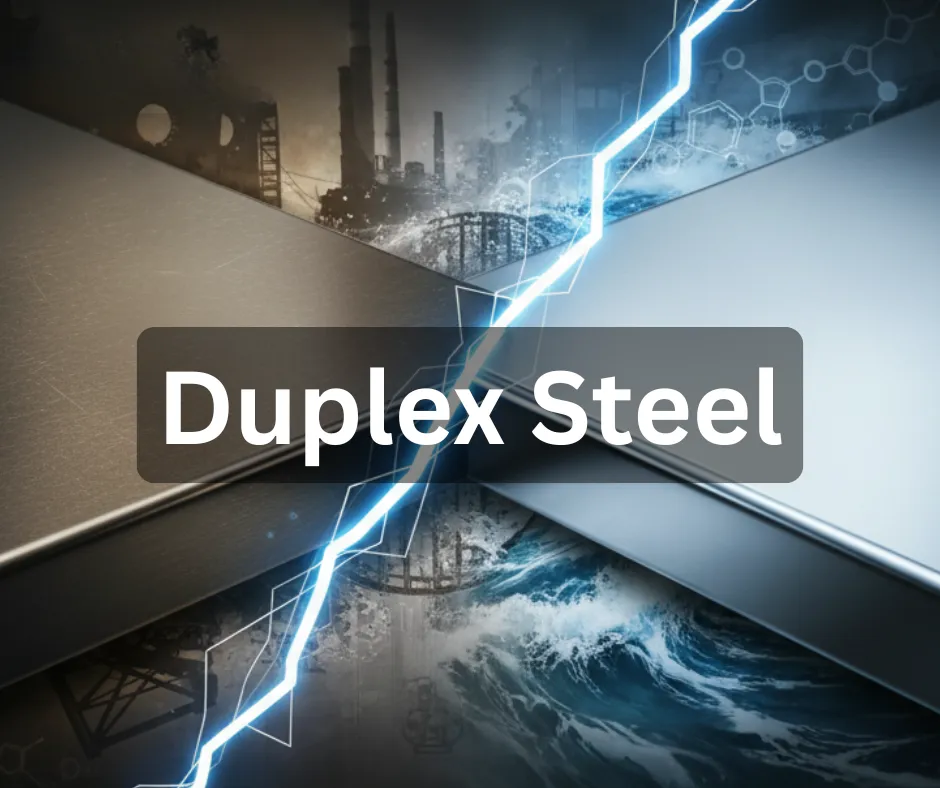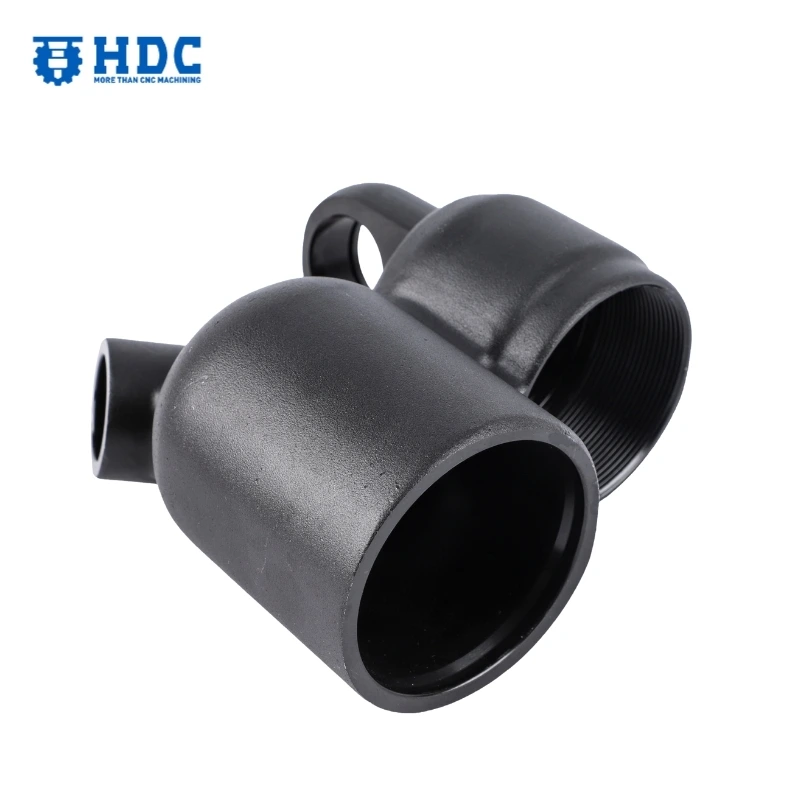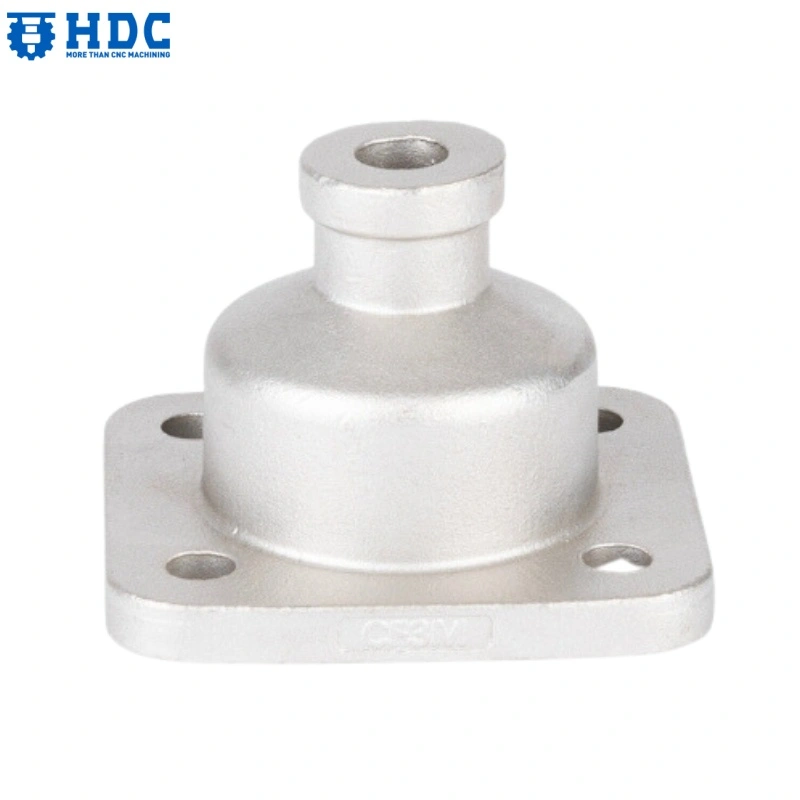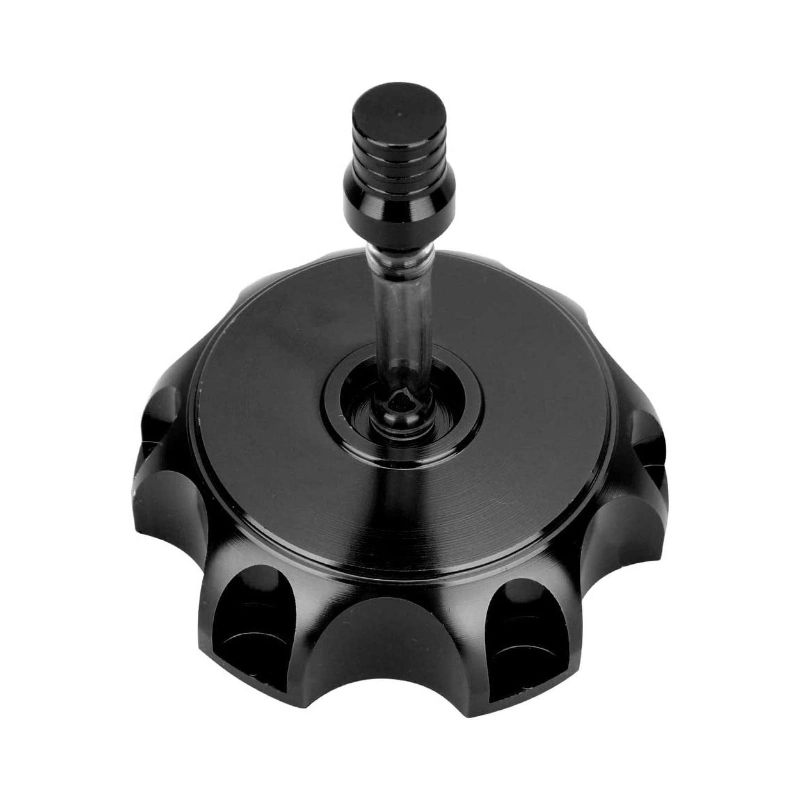316L stainless steel is a widely used material in the manufacturing industry, famous for its exceptional physical properties and resistance to corrosion. Known for its superior corrosion resistance, weldability, and adaptability, 316L has become a cornerstone for applications across industries.
This article provides an overview of the main characteristics of 316L, manufacturing methods, and uses, offering insights to help you understand why it’s often the material of choice.
What Makes 316L Stainless Steel Unique?
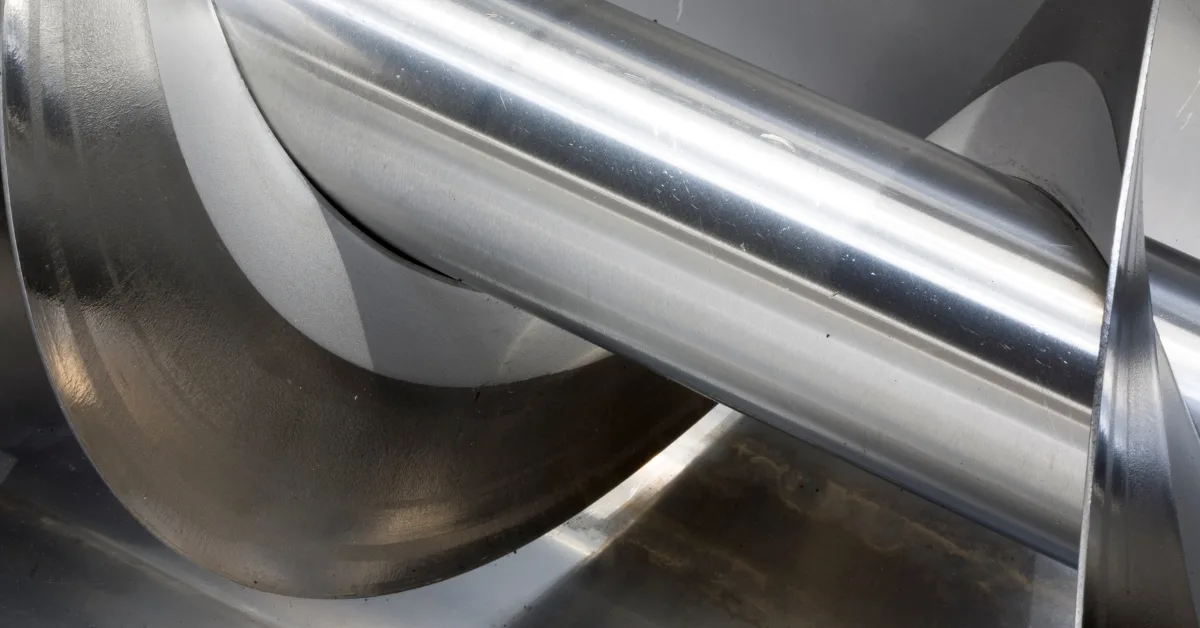
At its core, 316L stainless steel belongs to the austenitic family of stainless steels. Its distinguishing feature is its low carbon content, which is why it’s often referred to as the “low-carbon version” of 316 stainless steel.
This slight modification in composition provides enhanced resistance to sensitization—a phenomenon where the material becomes prone to corrosion when exposed to high temperatures. This makes it especially useful for applications requiring welding.
Beyond its resistance to corrosion, 316L stainless steel owes its durability to the addition of molybdenum. This element bolsters its strength and ability to withstand harsh environments, such as those with chloride exposure, making it a favorite for marine and chemical applications.
Manufacturing Methods for 316L Stainless Steel
There are multiple industrial methods for manufacturing 316L stainless steel which involves a series of processes that ensure its quality and performance. The primary manufacturing method uses either electric arc or induction furnaces to melt and refine the raw materials. Techniques like Argon Oxygen Decarburization (AOD) are then employed to achieve its low carbon content.
Once the base composition is achieved, 316L stainless steel undergoes processes like:
- Hot rolling: Used for structural applications.
- Cold rolling: Ideal for precise dimensions and surface finishes.
- Precision casting: For complex shapes and intricate designs.
Additionally, its excellent weldability allows for the creation of detailed structures using methods like TIG (Tungsten Inert Gas) and MIG (Metal Inert Gas) welding.
Common Industrial Products Made from 316L Stainless Steel
The versatility of 316L stainless steel is evident in the wide range of products it’s used to create. Its corrosion resistance makes it indispensable for:
- Tanks and pressure vesselsin the chemical and pharmaceutical industries.
- Marine equipment, including piping systems and fittings that endure chloride-rich environments.
- Surgical implants, dental tools, and orthopedic devices in the medical field, where biocompatibility is essential.
- Household itemslike kitchen sinks and appliances, where durability meets aesthetic appeal.
Pricing Insights: How Much Does 316L Stainless Steel Cost?
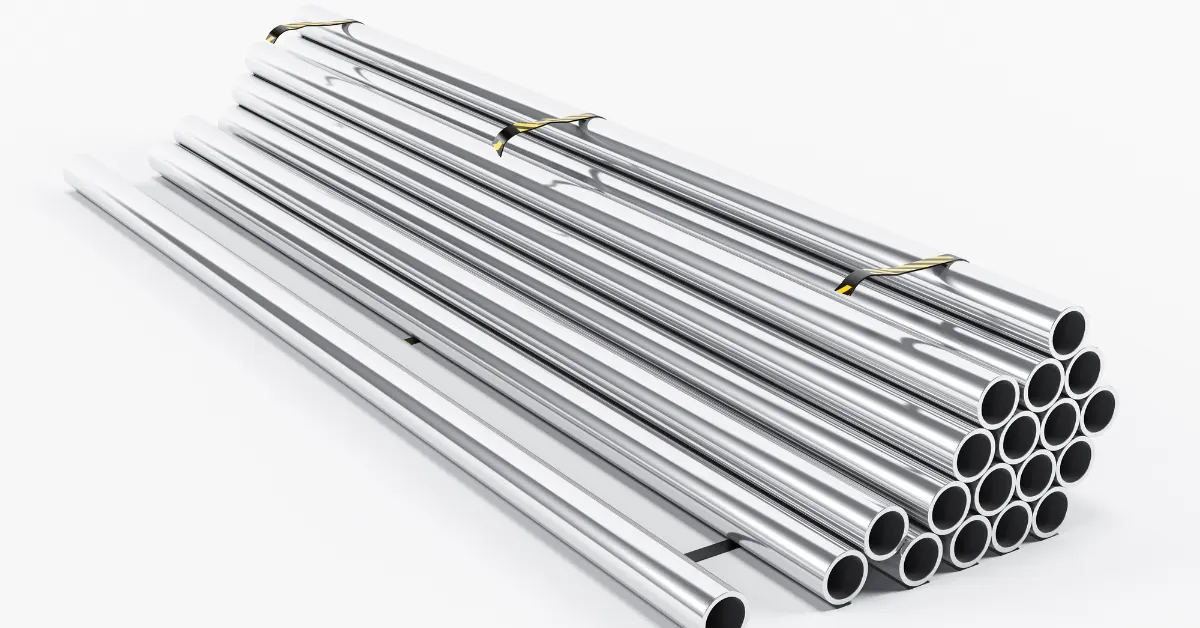
The cost of 316L stainless steel varies based on factors such as global demand for nickel and molybdenum, which are essential alloying elements. On average, it costs between $2.50 and $5.00 per pound, with fluctuations influenced by market conditions and manufacturing complexities.
While it may be pricier than grades like 304 stainless steel, the superior properties of 316L stainless steel often justify the additional expense. Its longevity and reduced maintenance requirements balance the initial cost, making it a cost-effective material over time.
To find the best price of 316L stainless steel, HDC offers valuable guidance by leveraging its industry expertise and extensive supplier network. HDC provides real-time market insights, connects clients with reliable suppliers, and offers strategies for optimizing costs, such as negotiating bulk discounts or minimizing logistical expenses.
Comparing 316L Stainless Steel with Other Grades
Selecting the right material for an application requires a clear understanding of its strengths and limitations compared to alternatives. 316L stainless steel, with its excellent corrosion resistance, weldability, and durability, stands out among stainless steel grades and other alloys. This section explores how 316L compares to its counterparts, such as 316, 304, and 321 stainless steels, as well as commonly used 3000 series aluminum alloys, to highlight its advantages and suitability for demanding environments.
316L vs. 316 Stainless Steel Chemical Components and Properties
The primary difference between these grades lies in carbon content:
- 316L stainless steel has less carbon (≤0.03%) than 316 (≤0.08%), preventing carbide precipitation during welding. This ensures better corrosion resistance in welded structures, making 316L ideal for applications requiring extensive welding.
- 316 stainless steel, while slightly stronger, is less suited for environments where welding is necessary.
316L vs. 304 Stainless Steel
- 304 stainless steel lacks the molybdenum present in 316L, making it less resistant to chlorides and aggressive chemicals.
- While 304 stainless steel is more cost-effective, 316L is preferred for marine applications and environments exposed to salts and acids due to its superior corrosion resistance.
316L vs. 321 Stainless Steel
- 321 stainless steel, with its titanium stabilization, excels in oxidation resistance at high temperatures, outperforming 316L in such conditions.
- However, 316L stainless steel offers better corrosion resistance in chloride-rich environments, making it more suitable for marine and chemical processing applications.
3003 Aluminum Alloy
- Lightweight with excellent corrosion resistance, 3003 aluminum is widely used in roofing, siding, and storage tanks.
- However, it lacks the structural strength ability to endure high-chloride environments, where 316L stainless steel
3105 Aluminum Alloy
- Commonly used in residential siding and truck trailers, 3105 aluminum provides good corrosion resistance and is cost-effective.
- Compared to 316L stainless steel, it lacks high-temperature resilience and mechanical durability, making it unsuitable for demanding structural applications.
310 Stainless Steel
- 310 stainless steel outperforms 316L in oxidation resistance at high temperatures, making it ideal for heat-intensive applications.
- However, it is less effective in chloride-rich environments, limiting its use in marine or chemical applications where 316L is preferred.
5052 Aluminum Alloy
- 5052 aluminum provides good resistance to saltwater corrosion and is widely used in marine applications.
- While it is lighter than 316L stainless steel, it does not match 316L’s durability, versatility, or chemical resistance, especially in environments requiring robust fabrication.
Why 316L Stainless Steel Is a Reliable Choice
For engineers, architects, and manufacturers, choosing 316L stainless steel often boils down to its unmatched reliability. Its strength, resistance to extreme conditions, and ease of fabrication make it an ideal material for projects demanding durability and performance.
Key advantages include:
- Compliance with FDA standardsfor food-grade applications.
- ISO certifications ensuring its safety and reliability for medical use.
- Proven durability in structural components, surgical instruments, and marine equipment.
The Sustainability Edge of 316L Stainless Steel
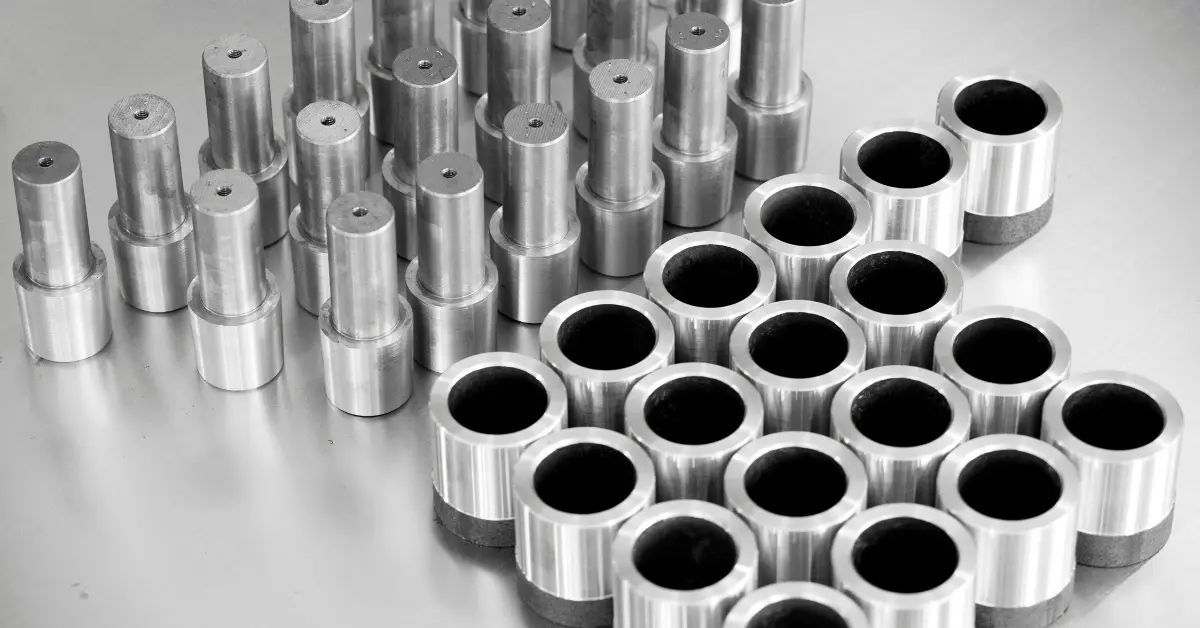
As industries prioritize sustainability, 316L stainless steel stands out for its nearly 100% recyclability. Its durability reduces the need for frequent replacements, minimizing resource consumption. Recycling 316L stainless steel also requires less energy compared to producing new material, lowering its overall environmental footprint. This combination of performance and eco-friendliness makes it a favorite for industries seeking sustainable solutions.
Key Considerations for Using 316L Stainless Steel
If you’re considering using 316L stainless steel for your next project, here are some essential factors to keep in mind:
- Corrosion Environment: For areas exposed to seawater chemical agents, 316L’s molybdenum content ensures better performance than most other grades.
- Fabrication Needs: Its weldability and machinability make it suitable for complex designs, though slower cutting speeds are recommended for precise machining.
- Budget: While its upfront cost may be higher, its durability and low maintenance make it a worthwhile investment.
- Regulatory Compliance: Ensure the grade meets industry standards, particularly for food and medical applications.
Conclusion
Whether you’re building a marine vessel, designing surgical instruments, or crafting a durable kitchen appliance, 316L stainless steel offers a blend of strength, resistance, and adaptability that’s hard to match. Its low carbon content, enhanced by molybdenum, makes it a reliable choice for environments where corrosion resistance is critical.
As industries demand materials that combine performance with sustainability, 316L stainless steel stands out as a material that meets these needs. By understanding its properties, applications, and pricing, you can make informed decisions that ensure both quality and value in your projects.
Discover more with our blog posts.
Recent Posts
Discover more about our products
HDC Products
Instant Quote!
